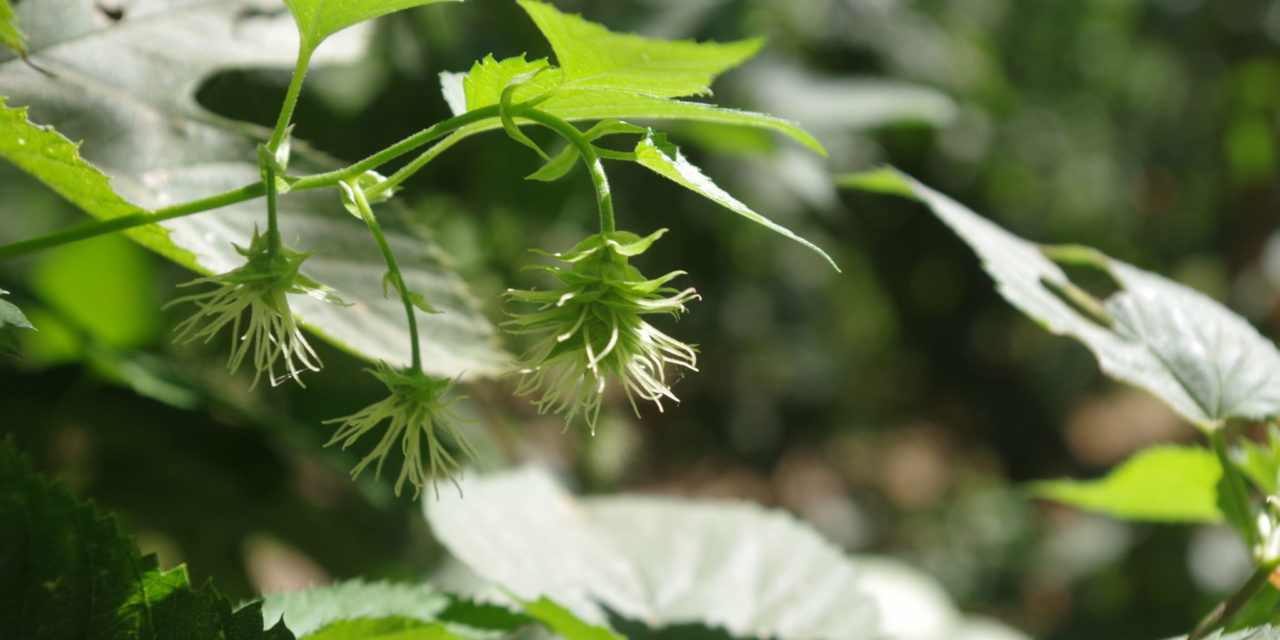
Bees in the Hop Yard Spirited Magazine
Hops, Bees, and Christmas Trees: The Fir Farm in Colts Neck By Community Magazine | July 14th, 2023 | Colts Neck, Cover Stories | 0 Comments STORY BY: Brian O'Malley Founded as a family Christmas tree farm, The Fir Farm in Colts Neck has been a Monmouth County institution for over four decades. O
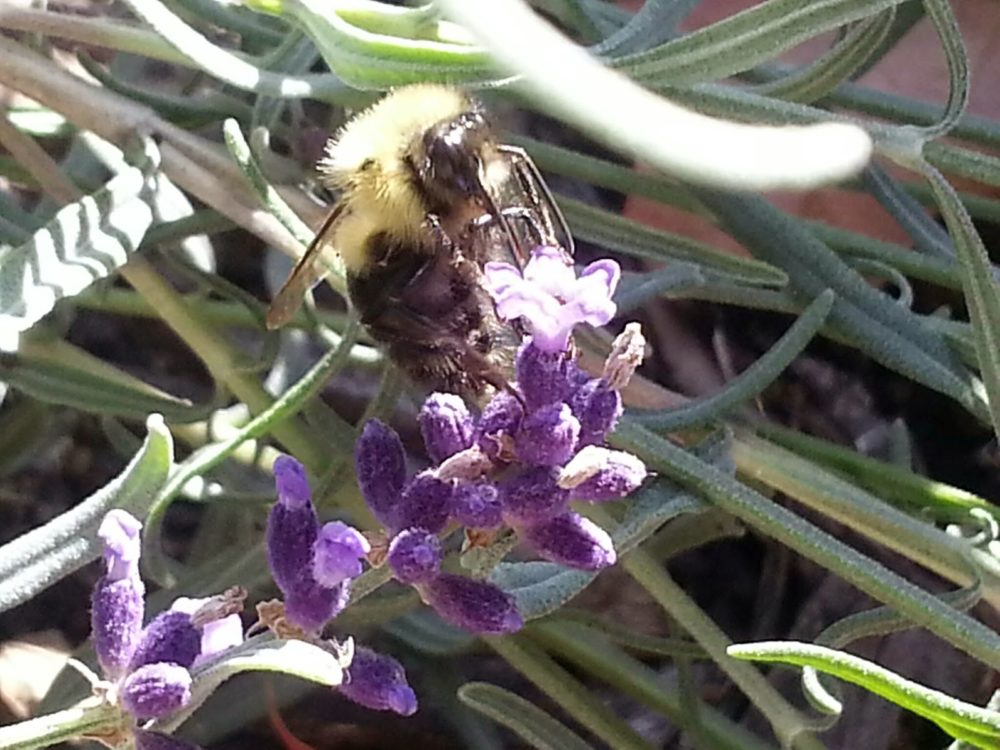
How Hops Can Help Save Bees Minnesota Herb Society
THE BASICS. Hops are the cone-shaped female flower of the vine-like plant humulus lupulus, and the important ingredients are concentrated in the cone's lupulin glands. Hops are harvested from bines (aka tendrils), then dried and processed into pellets, plugs, extracts, or left in their cone form. During the brewing process, hops are added at.
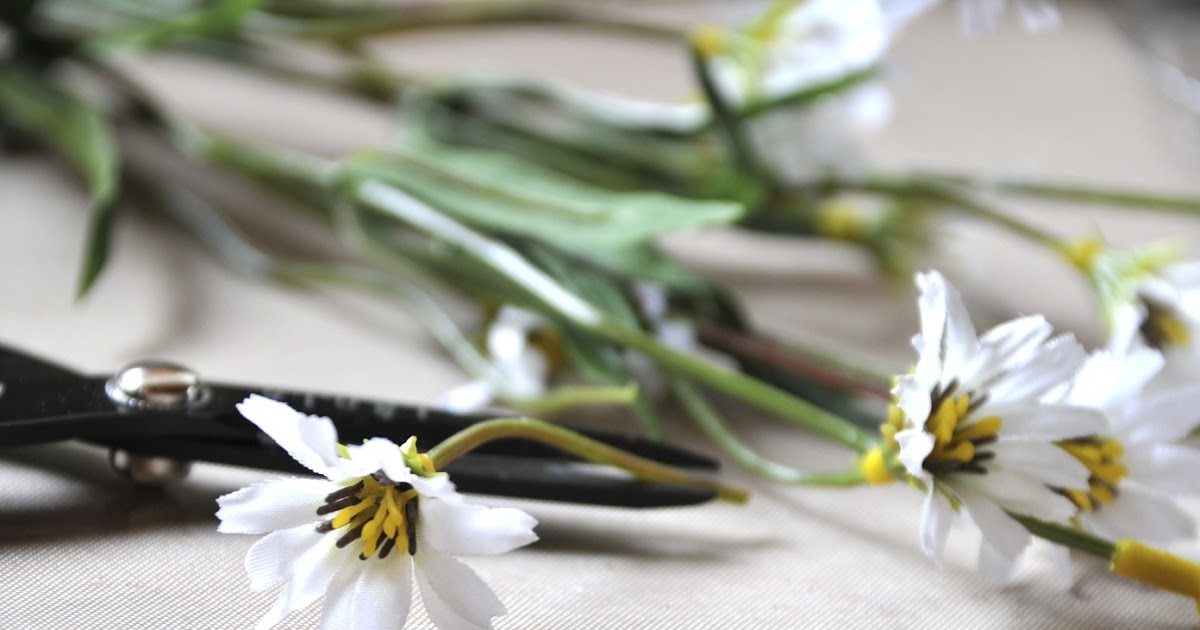
Honey Bee Hop Day 2
Mixtures containing hops are used for every ailment from sleep issues, to digestive issues to relieving muscle pain. You'll recognize the fragrance inhaled from just the bud of the hop. Picked and dried it is almost overpowering. So grow some hops for the beauty, the bees or for beer. A unique choice for your garden that you'll always enjoy!
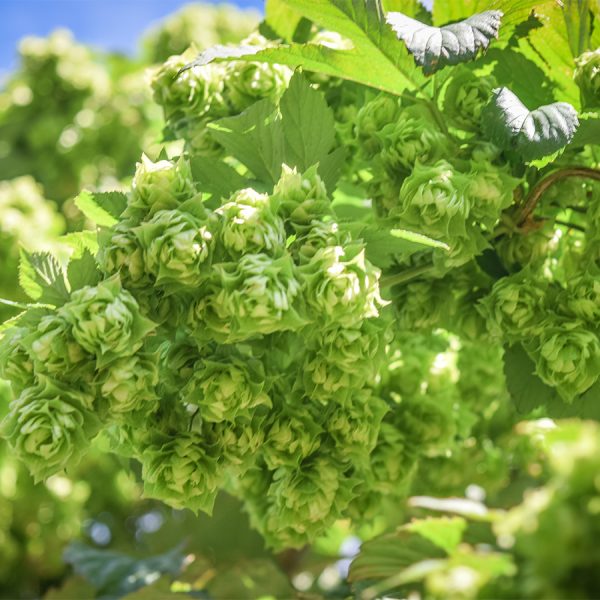
Hops Used to Save Honey Bees
Hops contain two prominent organic acids, alpha acids—known to brewers as "flavor" hops—and beta acids, known as "aroma" hops. It is the beta acids that have been found to have anti-Varroa properties. The new formulation is 16% beta acids painted on cardboard strips which will be used in the brood boxes.

Hops and Honey, Why you ask? Hops are a NATURAL Varroa mite deterrent for bees!
Wild hops are a wind pollinated plant and, of the female hops planted commercially, the majority are grown from rhizomes or propagated from cuttings. Hops don't have much to offer bees in terms of pollen or a nectar reward, so one might expect that bees would want nothing to do with Humulus lupulus.

How Hops Can Help Save the Bees Save the bees, Bee keeping, Bee friendly
Published on March 30, 2021 Brewing beer. It's a process that's been around almost as long as beekeeping. The main ingredients in beer are water, a grain (typically barley), yeast, and especially hops. When brewed and fermented together, these ingredients create the beer so many of us enjoy. Do you know what else enjoys hops? Bees!

Honey bee on hops? YouTube
Your Source for Premium Quality Package Bees. We breed our bees to be robust and healthy, as well as excellent pollinators and phenomenal honey producers. Find a Distributor. At Olivarez Honey Bees, we create a culture of bee-lovers, so our entire staff is passionate about what's best for the bees.

Hops and Honey, Why you ask? Hops are a NATURAL Varroa mite deterrent for bees!
In California alone, there are about 1,600 species of native bees--and boy are they are diverse! These bees range widely in behavior, color, size, nesting habits, and even social lifestyle. Some native bees, such as the yellow-faced bumble bee are actually better pollinators than honey bees! Let's dig into some facts about the most common bee.

Pin on Hops
HBA, extracted from the cones of hop plants (Humulus lupulus) used in brewing beer, is known to repel plant-sucking pests and are non-toxic to humans. Honey bees were first exposed to different concentrations of HBA in order to establish a safe exposure baseline and prevent bee mortality.
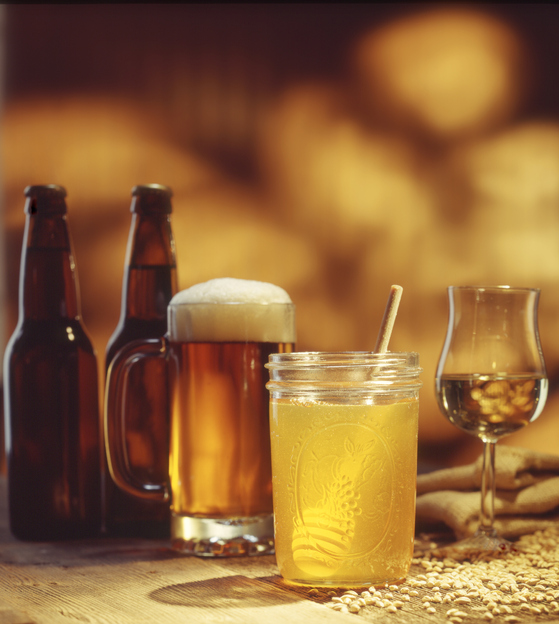
Hops and Bees A Lucky Combo
By Dewey Caron. HopGuard II, potassium salts of Hops Beta Acids (K-HBAs), is produced from the cones of female hop plants. This biochemical miticide has been shown to be effective in combating varroa mites in bee colonies. It is manufactured by BetaTec Hop Products, a wholly owned subsidiary of Barth- Haas Group, Inc. of Yakima, Washington.
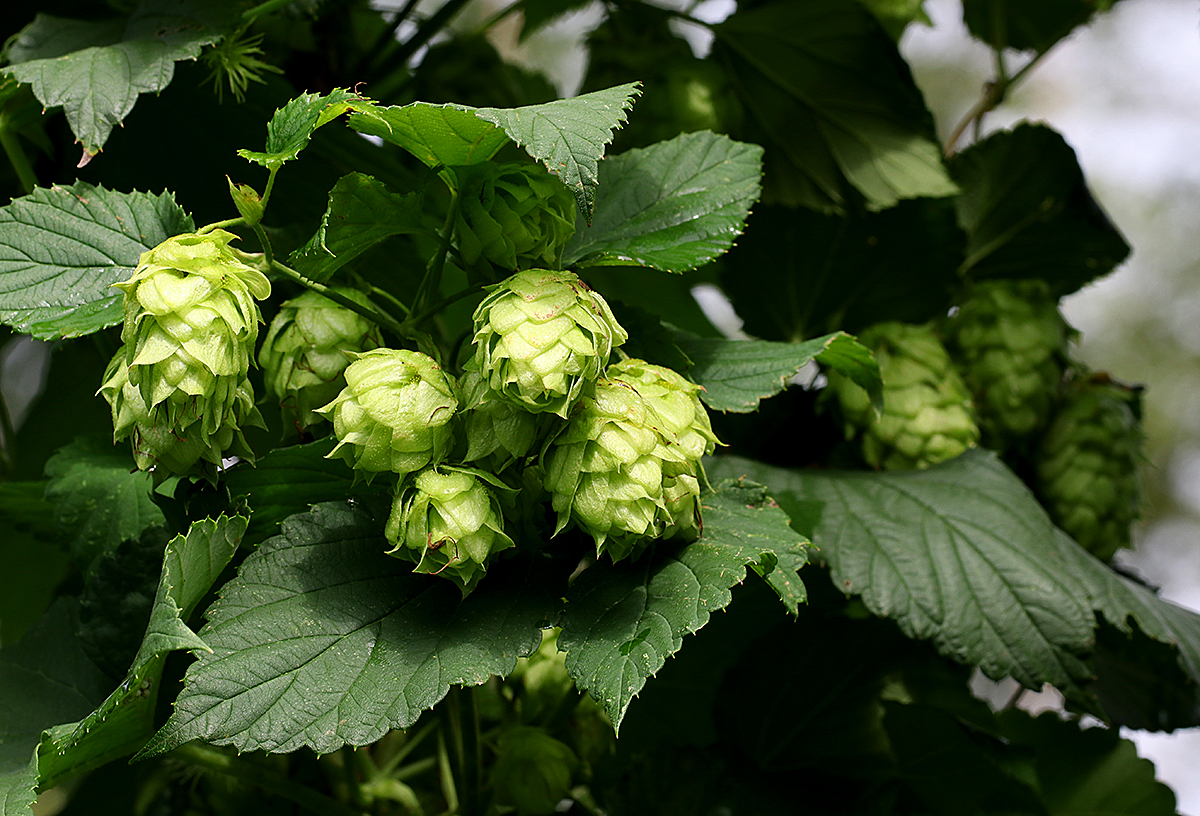
Hop Harvest at Bee Hoppy Farms NC State Extension
In Traditional Chinese Medicine, hops were used for insomnia, restlessness, indigestion, intestinal cramps, and lack of appetite. By soothing the smooth muscle of the gastrointestinal tract, hops affect the "second brain" known as the enteric nervous system, relaxing the central nervous system.

The Hops and the Bees YouTube
Yes, hops, the magical herb that lends bitterness, flavor, and balances to nearly every type of beer seriously brewed today, may also be an important piece in the larger puzzle of stopping Colony Collapse Disorder. It seems the varroa mites' kryptonite could be hop beta acids (HBA).

Hops Protect Honey Bees From the Scourge of Mites Federal Labs
Hops have been a primary ingredient in beer since medieval times. These plant products contribute to key properties such as aroma, taste, bitterness, foam, and shelf life.. The bee-keeping industry faces major challenges from Varroa mites that decimate domesticated bee populations.

Bee hop Caught this bee in mid air hopping around on plum … Flickr
The variety 'Aureus' is a golden leaved plant that looks especially beautiful twined with standard green varieties. Having herbs and plants, like marigolds, nearby can help attract beneficial insects, such as bees and repel pest insects such as cucumber beetles. Chives - Chives planted near hops seem to keep aphids away from cones and new shoots.

Are bees damaged by measures to protect the hop plants? BRAUWELT international
Wild hops are a wind pollinated plant and, of the female hops planted commercially, the majority are grown from rhizomes or propagated from cuttings. Hops don't have much to offer bees in terms of pollen or a nectar reward, so one might expect that bees would want nothing to do with Humulus. www.spiritedbiz.com Graham

The Vineyard Gazette Martha's Vineyard News Busy Bees Swarming Season Has Home HiveBusters
Hops protect honey bees from the scourge of mites. Well-known as a key ingredient of beer, hops are used to balance the sweetness of the malt ingredient and provide aroma. Thanks in part to scientists at the Agricultural Research Service (ARS) in Tucson, Arizona, hops are also protecting the nation's honey bees from their most dangerous foe.
